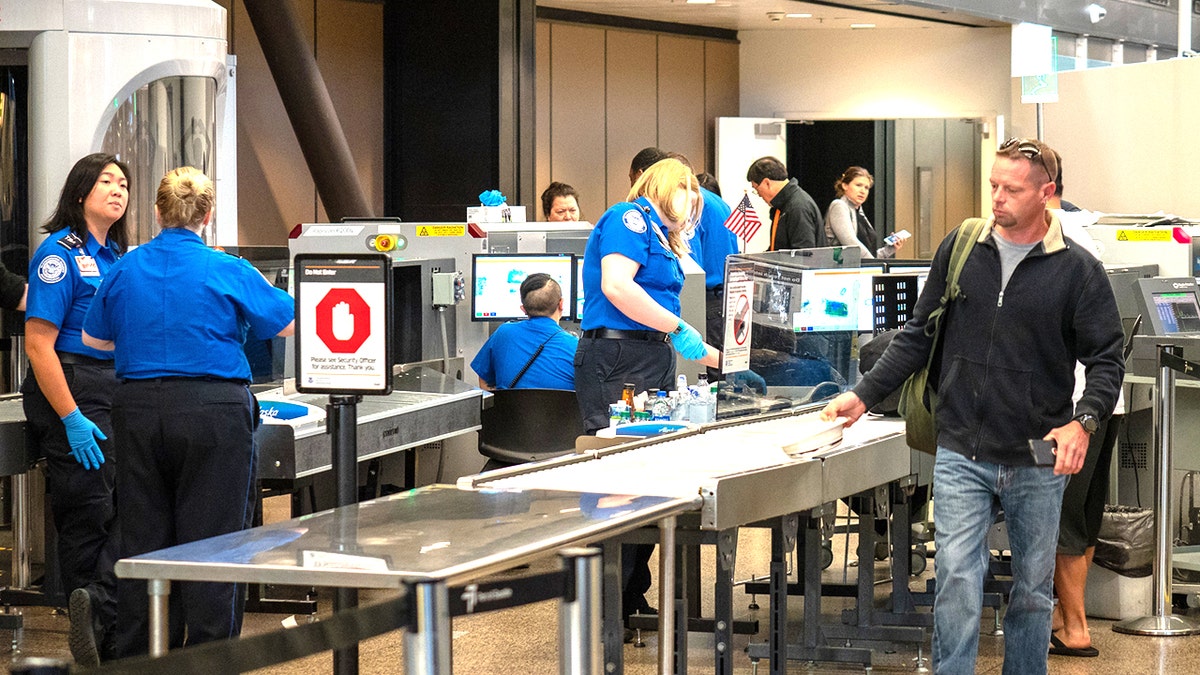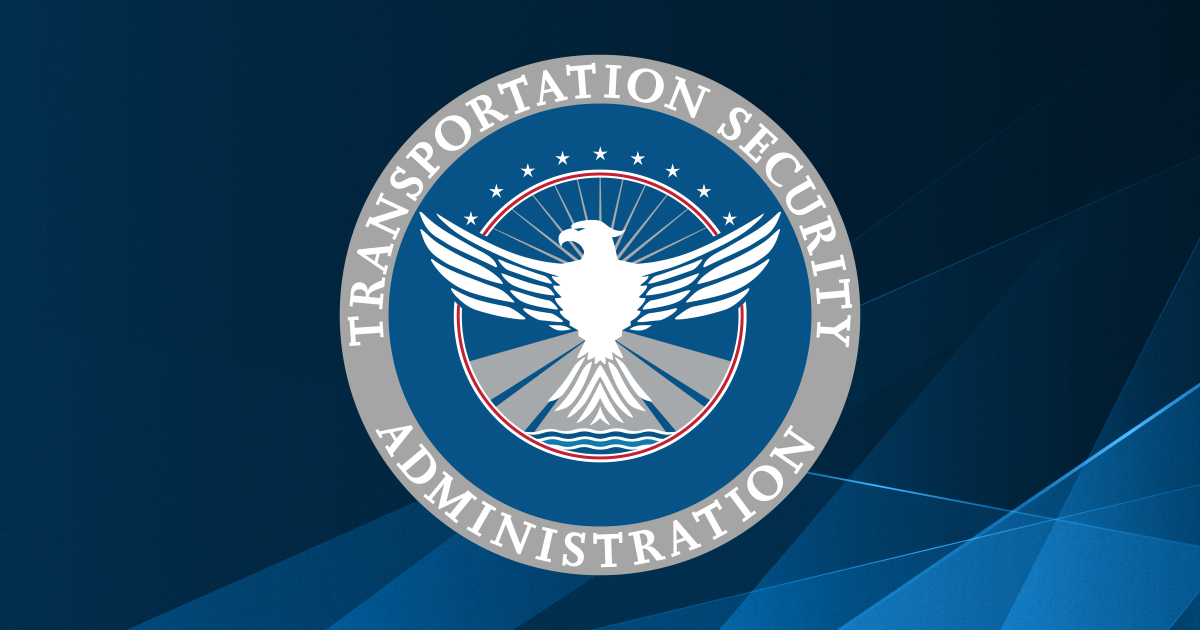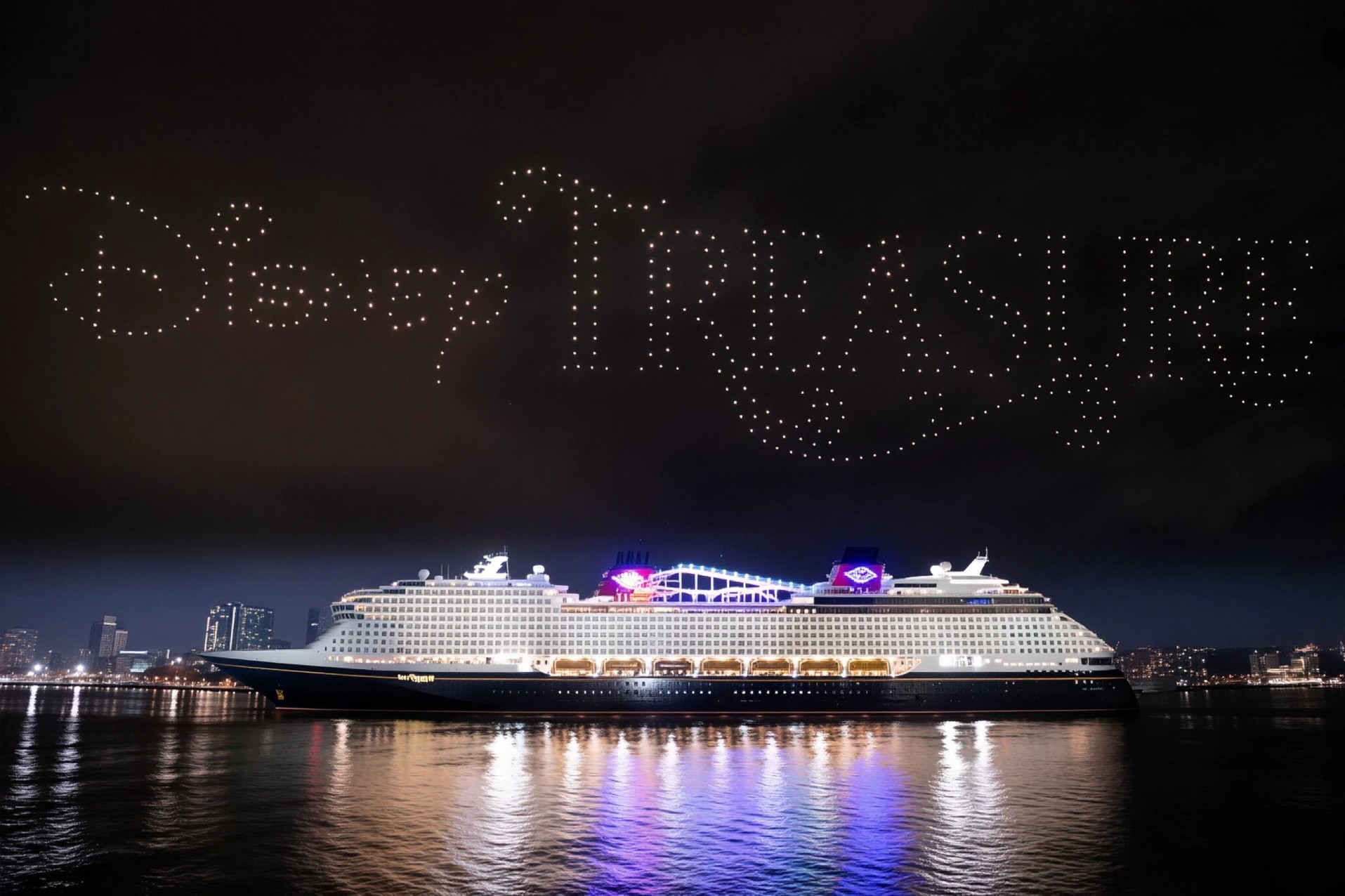For more than twenty years flying in the United States has come with a familiar set of frustrating rituals. Passengers removed their shoes in long security lines, packed shampoos and lotions into tiny bottles, and scrambled to pull laptops out of carry on bags. These rules became part of everyday air travel after the events of 2001, so ingrained that few questioned them anymore. But now a new chapter is beginning. The Transportation Security Administration is rolling back some of its most notorious policies, and travelers are already feeling the difference.

The first and perhaps most celebrated change is the end of the shoe rule. Passengers no longer need to shuffle barefoot through airport scanners. Instead they can keep their shoes on just as travelers do at airports across Europe, Singapore, and the Middle East. The shift could not have come at a better time with millions expected to travel over busy holiday weekends. For many frequent flyers the change feels small on paper but huge in practice, cutting stress and speeding up security lanes.
The next policy under the spotlight is the liquids restriction, a rule that has frustrated travelers since 2006. For nearly two decades passengers have been forced to squeeze every bottle into 100 milliliter containers and store them in transparent plastic bags. Countless toiletries have been tossed into security bins at checkpoints. Now the TSA is reviewing this requirement and considering whether to expand the liquid limit. The change would depend on the faster deployment of advanced computed tomography scanners which create three dimensional images and are far more effective at detecting hidden threats. These scanners are currently in hundreds of airports but full deployment could take years unless the rollout is accelerated.

Technology is also reshaping the way travelers prove their identity. Biometric checks are being tested at several major airports with facial recognition lanes available for PreCheck users and new automated eGates developed in partnership with private companies. Supporters argue that biometric verification is faster and more reliable than manual checks. However privacy concerns remain and lawmakers are calling for stronger safeguards to ensure the technology is optional and secure.
Reactions from travelers have been overwhelmingly positive. Frequent flyers say that skipping the shoe removal step alone has made security lines feel noticeably smoother. The potential loosening of the liquid rule is seen as another win that could eliminate one of the most stressful parts of packing. Social media has been full of lighthearted celebrations with memes and jokes about the end of the sweaty ritual of walking barefoot through security.

The timing of these changes is significant. With major international events such as the FIFA World Cup in 2026 and the Los Angeles Olympics in 2028 the United States has strong reasons to modernize and streamline airport security. Authorities are aiming to strike a careful balance between safety and efficiency. The updated rules are described as more focused and more innovative while still keeping security standards high.
For travelers the impact is simple. Packing for a flight will soon mean fewer plastic bags fewer stressful moments at the scanner and no more awkward barefoot walks across cold airport floors. Air travel in the United States is finally moving toward a smoother and less intrusive experience without sacrificing the safety that passengers rely on.
Follow Travel Moves on Instagram and Facebook for more updates on travel news and trends that are reshaping the way we fly.








